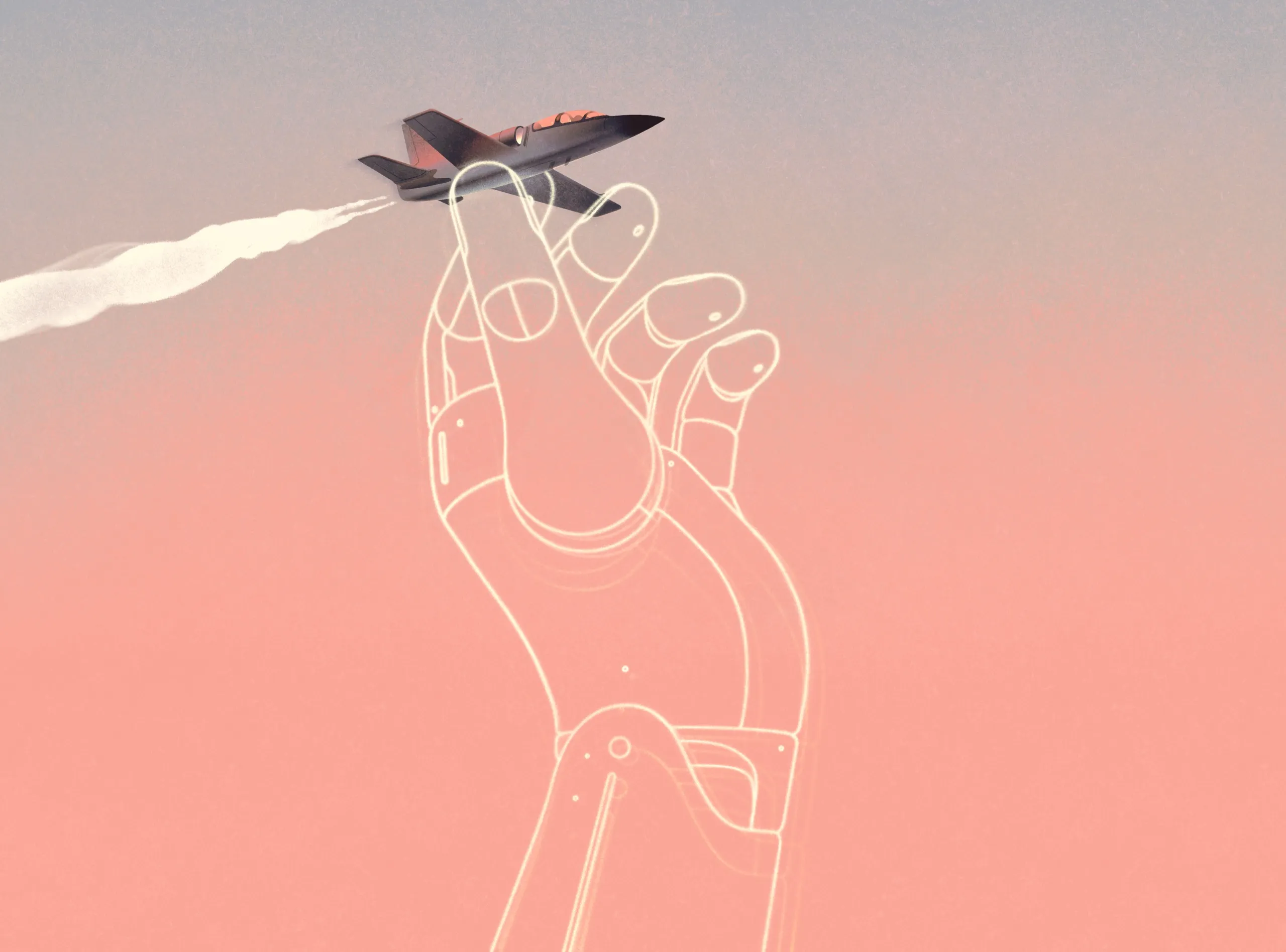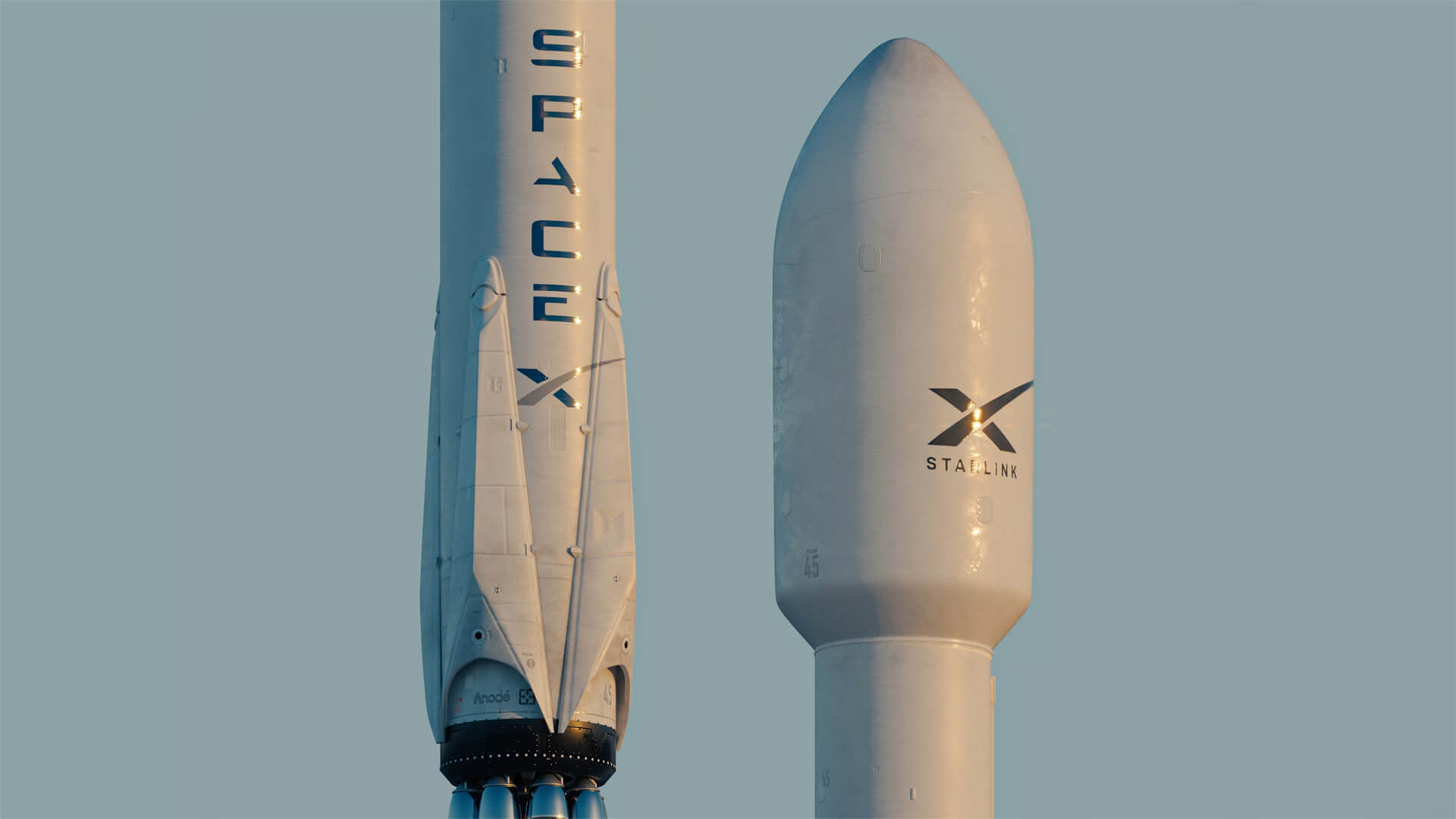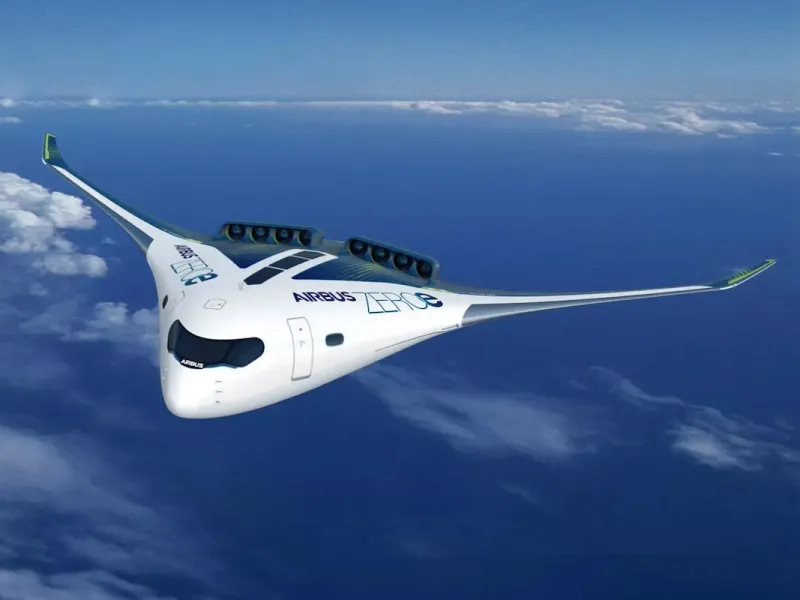Unmanned drones like this Aerodyne prototype illustrate how robotics and AI are advancing toward pilotless jets. Neural flight systems no longer need a human pilot’s eyes; they rely on onboard sensors and neural algorithms to “feel” the world. DARPA calls these recent AI flight tests a “transformational moment in aerospace history”, underscoring how rapidly autonomy is reshaping aviation. In effect, neural networks are already rewriting the rules of aerial combat and autonomy (Wargo, Church, Glaneueski, & Strout, 2014).
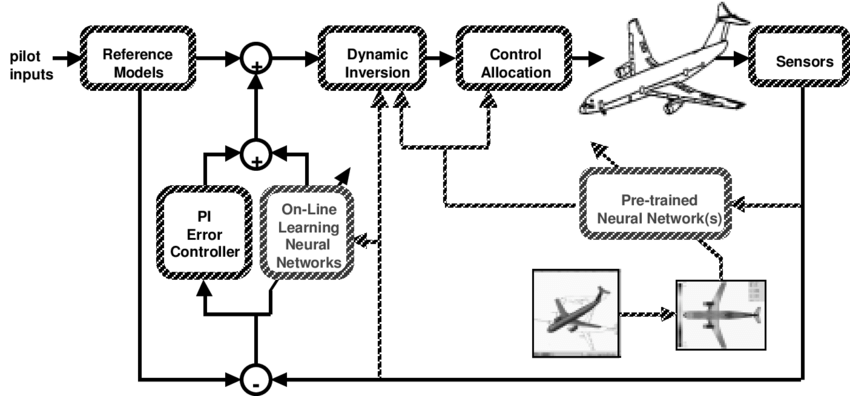
What Is Neural Flight?
Traditional autopilot systems keep planes stable by following pre-coded logic, but they lack true adaptability. In contrast, a neural-flight system uses a deep neural network as its “brain.” Such AI pilots are trained via reinforcement learning: they run thousands of virtual flights in fast-time simulation, learning by trial and error which control inputs succeed. In practice, engineers feed the AI mission scenarios (e.g., dogfights) and let it repeatedly try tactics, grading maneuvers as “good” or “bad.” For example, the USAF’s VENOM program can run the same air-combat scenario 1,000 times in simulation to study every decision the AI makes. Over these countless runs, the neural network gradually internalizes effective flight strategies. When transferred to a real aircraft, this learned policy allows the AI pilot to react and adapt, even to damage or novel situations, rather than rigidly following fixed rules (Calise & Rysdyk, 2002).
How Jets Fly Without Eyes
Without a human looking out the canopy, an AI pilot “sees” through sensors and math. Modern jets carry extensive instrumentation: radars, infrared seekers, air-data probes, GPS, and inertial sensors flood the AI with data about speed, position, threats, and more. The AI fuses these streams into a coherent situational picture. Fighter jets already use AI to combine data from AESA radar, infrared, and other sensors into a unified environment for the pilot. Neural-flight systems work similarly, using that data to track where everything is. For example, Airbus notes its A350‑1000 test aircraft is equipped with “sophisticated sensors, radar systems, and AI-driven avionics” to enable autonomous taxi, takeoff, and landing. In flight, the AI pilot continually runs a learned physics model to predict the aircraft’s response to controls. In other words, it maintains an internal map of motion and dynamics, so it can fly “blind” by crunching numbers instead of seeing visuals. Combined with sensor fusion, the AI maintains spatial awareness and controls the jet without human eyes (Shen, Mulgaonkar, Michael, & Kumar, 2014).
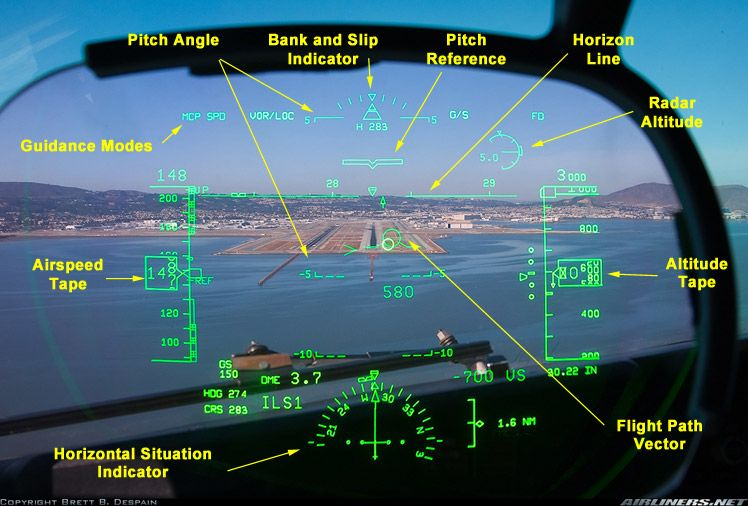
Real Projects in Action
Modern jet platforms like this F‑35 are being prepared to host AI co‑pilots or lead drone wingmen. High-profile programs have already moved into flight test stages. For example:
- DARPA’s ACE (Air Combat Evolution): In 2024, DARPA flew the first-ever AI-versus-human fighter jet dogfight. An AI-piloted F-16 engaged a human pilot in a within-visual-range (WVR) match. This marked “the first AI vs human within-visual-range engagement” with real F-16s, proving an AI can physically fly a real jet and execute combat maneuvers. (DARPA’s program continues extensive simulation training to refine the AI’s tactics) (Cheney & Van Atta, 2020).
- Lockheed Martin: Skunk Works and partners have run crewed-uncrewed teaming tests. In one demonstration, a human “battle manager” in an L-39 Albatros used a touchscreen tablet to command two AI-enabled L-29 jets. The AI pilots flew those jets’ air-combat mission against mock enemy aircraft, issuing evasive and attack maneuvers via their onboard autopilots. Lockheed also showed that its F‑35 can act as an in‑flight “quarterback” for swarms of unmanned drones. Using AI-enabled software, an F-35 pilot controlled multiple autonomous “loyal wingman” drones through a cockpit interface, demonstrating a vision of manned fighters coordinating AI wingmen (Enemark, 2025).
- Airbus & Boeing: The commercial aviation industry is gearing up, too. Airbus has already test-flown its A350‑1000 on fully autonomous taxi, takeoff, and landing trials. These tests rely on the jet’s rich sensor suite, as noted above, “sophisticated sensors, radar systems, and AI-driven avionics”, to navigate without pilot input. Boeing has its programs: for instance, the USAF recently approved flight testing of an AI “Merlin Pilot” system on a Boeing KC-135. Boeing Australia’s MQ-28 Ghost Bat drone (pictured flying alongside an F-22) is another example: it’s an AI-capable unmanned fighter acting as a future “wingman” to manned jets. Together, these projects show neural flight moving from lab to real hardware across both fighters and airliners (Berkol & Demirtaş, 2024).
Why It Matters
- Superhuman Reflexes: An AI pilot can react in microseconds without hesitation. Unlike a human, the AI “does not suffer from fatigue or cognitive overload, giving it near-instantaneous reaction time”. It can sustain extreme maneuvers at high g‑forces indefinitely, pushing a jet’s limits without blackout. For example, DARPA’s X-62A F-16 flew autonomously for 17 hours under AI control, executing defensive and offensive maneuvers and continually adapting in real time. This level of performance could dramatically exceed human capabilities in a dogfight or intercept mission.
- New Mission Capability: AI pilots open up missions too dangerous or long for humans. Fully autonomous drones could penetrate contested airspace or loiter for days without risking pilots. In combat, AI-driven jets can operate in swarm tactics or fly as “loyal wingmen” that gather intelligence, jam enemy defenses, or launch precision strikes under supervision. (The USAF’s Skyborg and similar programs are already developing AI drone wingmen for this purpose.) In civilian use, AI could fly cargo or even passenger planes on long-haul routes with minimal crew, optimizing fuel and routes. Airlines and militaries alike see huge promise here (Halpern, 2022).
- Ethical and Trust Issues: The rise of AI in flight also raises tough questions. Current policy and design forbid AI from making lethal decisions on its own. Analysts point out “no embedded AI system is currently authorized to open fire without human confirmation”. Designers are keenly aware of these concerns: DARPA’s ACE explicitly includes research on “measuring, calibrating, [and] increasing human trust in combat autonomy performance”. In practice, this means AI pilots will operate under strict oversight (a human “in or on the loop”) for the foreseeable future, ensuring humans retain authority over critical decisions.
- Industry Imperative: Beyond combat, economics is a factor. Boeing and Airbus project a massive global pilot shortage in the coming decades, on the order of half a million pilots needed by 2035. Modern jets already carry tens of thousands of sensors and copious data. Executives at both manufacturers now openly see AI copilots as a solution to staffing and workload issues. In short, industry is pushing AI into the cockpit to improve safety and efficiency, helping airlines cope with crew limits and making flight operations smarter overall (Nziakkas, Plioutsias, & Pechlivanis, 2022).
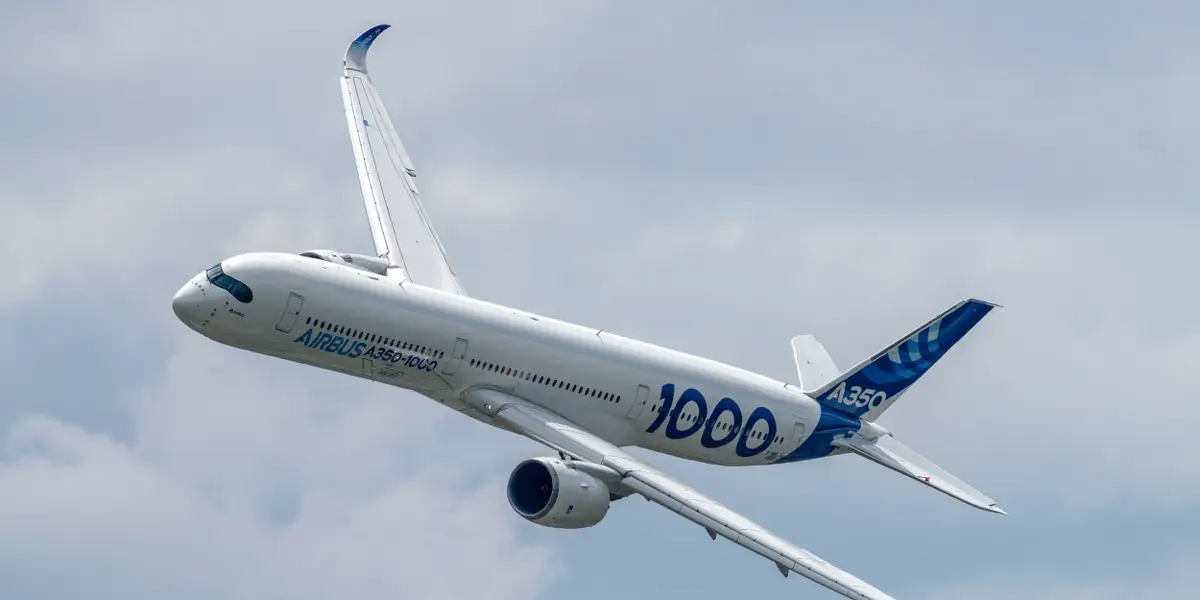
Conclusion
Neural flight has leapt off the whiteboard and into the sky. Cutting-edge demonstrations – from AI-flown F-16 dogfights to autonomous A350 airliners- show that jets can indeed fly by “thought” rather than sight. As DARPA emphasizes, we may be witnessing a “transformational moment” in aviation. The implications are profound: pilots of the future could become mission managers overseeing fleets of smart aircraft. In this new era, “eyes” give way to algorithms, and machines that can think may soon routinely take the controls.

